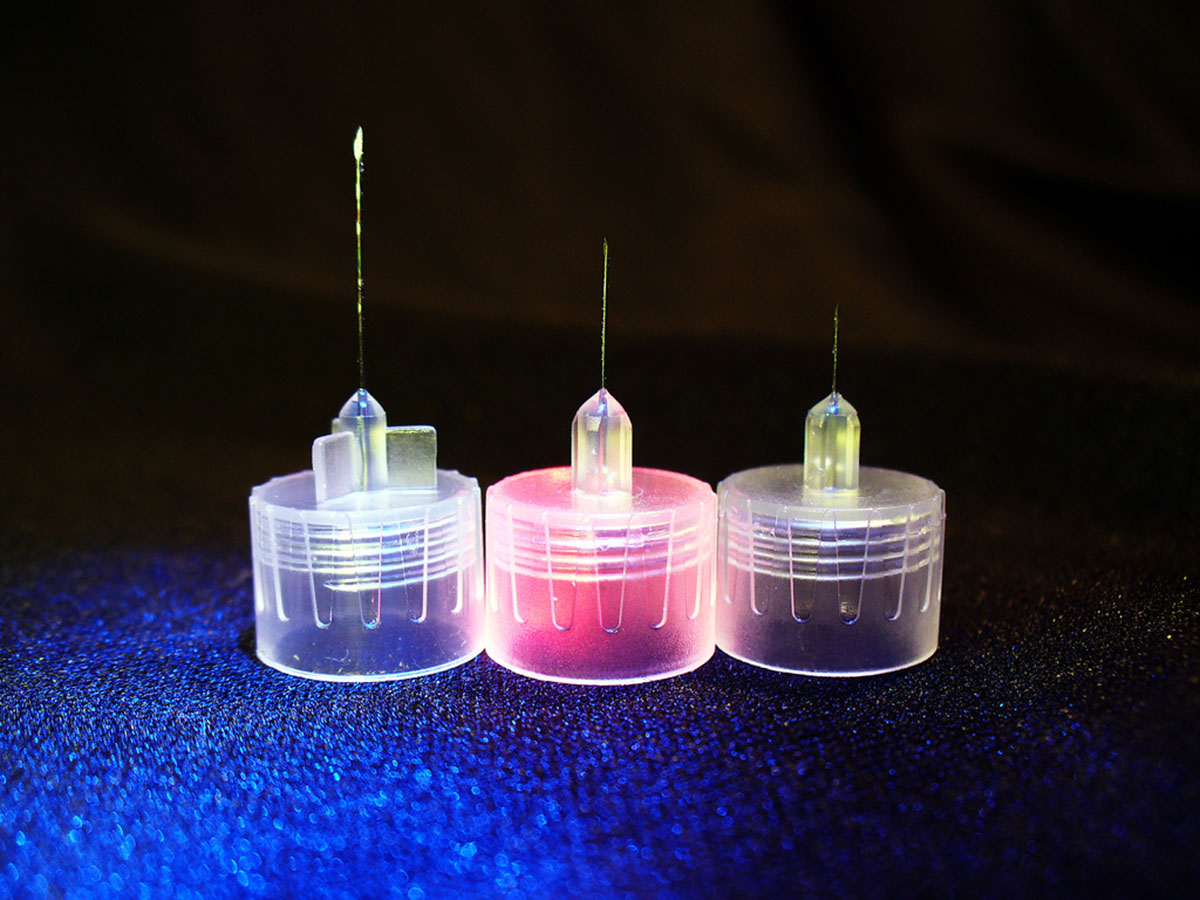Table of Contents
Diabetes is a life-long condition characterized by high blood sugar levels (hyperglycemia). Close to 30 million Americans, or over nine percent of the population have type 2 diabetes. Most of these people have been diagnosed with the condition, while others are not aware they have the condition. It is the 7th leading cause of death in the US, although it may be under reported as a cause of death. Many people who die from other causes also have diabetes listed as one of their diseases.

Insulinis a hormone produced by the body to help cells absorb and utilize glucose (sugar) from digested food.
When this happens for a long time, the body is unable to produce enough energy and sugar accumulates in the blood and tissues.
Conventional Treatments for Diabetes
Diabetes is a serious condition that has no cure. The goal of treatment is to control blood sugar levels to prevent complications. These complications include high blood pressure, high cholesterol, heart disease, stroke, kidney disease, blindness, and non-healing wounds.
Eating a low-fat, low-calorie diet and regular exercise are necessary to lower blood sugar levels as well as to control weight. Commonly used medications include oral and injectable drugs, which must be taken regularly. These include drugs that work in different ways, such as increasing cellular insulin sensitivity, stimulating insulin release from the pancreas, reducing the release of sugar from the liver, slowing the breakdown of sugars, and lowering blood cholesterol levels. Drug treatment is usually guided by monitoring blood sugar levels and watching out for complications.
See Also: Nanotechnology: Revolution In Diabetes Care
Trulicity (Dulaglutide), a New Anti-Diabetes Drug
A new drug has been recently approved by the US Food and Drug Administration (FDA) for the treatment of diabetes. Trulicity (dulaglutide), a drug manufactured by Eli Lilly and Company, is a glucagon-like peptide-1 (GLP-1) receptor agonist, which reduces blood sugar levels by increasing insulin production and release. It also reduces the release of glucagon, a hormone that increases blood sugar levels (opposite in action to insulin). In addition, dulaglutide increases satiety and delays gastric emptying, thus decreasing one’s appetite. The drug, which mimics the action of a naturally occurring peptide, is resistant to deactivation in the body and results in long-lasting control of blood sugar levels. It is therefore used only once a week. It can also be used alone or in combination with other anti-diabetic drugs.
Trulicity is an injectable drug that is administered under the skin (subcutaneous). Its effectiveness and safety were evaluated in clinical trials that involved over 3,300 patients with type 2 diabetes. Patients who received Trulicity exhibited an improvement in blood sugar control as seen with reductions in their HbA1c levels. Hemoglobin A1c (HbA1c) is a measure of long-term blood sugar control.
- WebMD. Weekly Injectable Type 2 Diabetes Drug Approved. http://www.webmd.com/diabetes/news/20140919/fda-approves-another-weekly-injectable-drug-for-type-2-diabetes
- FDA. FDA approves Trulicity to treat type 2 diabetes. http://www.fda.gov/NewsEvents/Newsroom/PressAnnouncements/ucm415180.htm
- Mayo Clinic. Diabetes treatment: Medications for type 2 diabetes. http://www.mayoclinic.org/diseases-conditions/type-2-diabetes/in-depth/diabetes-treatment/ART-20051004
- MedicineNet. Diabetes Treatment. http://www.medicinenet.com/diabetes_treatment/article.htm
- Photo courtesy of NapInterrupted by Flickr: www.flickr.com/photos/shuttercat7/427012994
- Photo courtesy of Heather Aitken by Flickr: www.flickr.com/photos/feathy123/3949274968
- www.webmd.com
- www.fda.gov
- www.mayoclinic.org
- www.medicinenet.com


Your thoughts on this